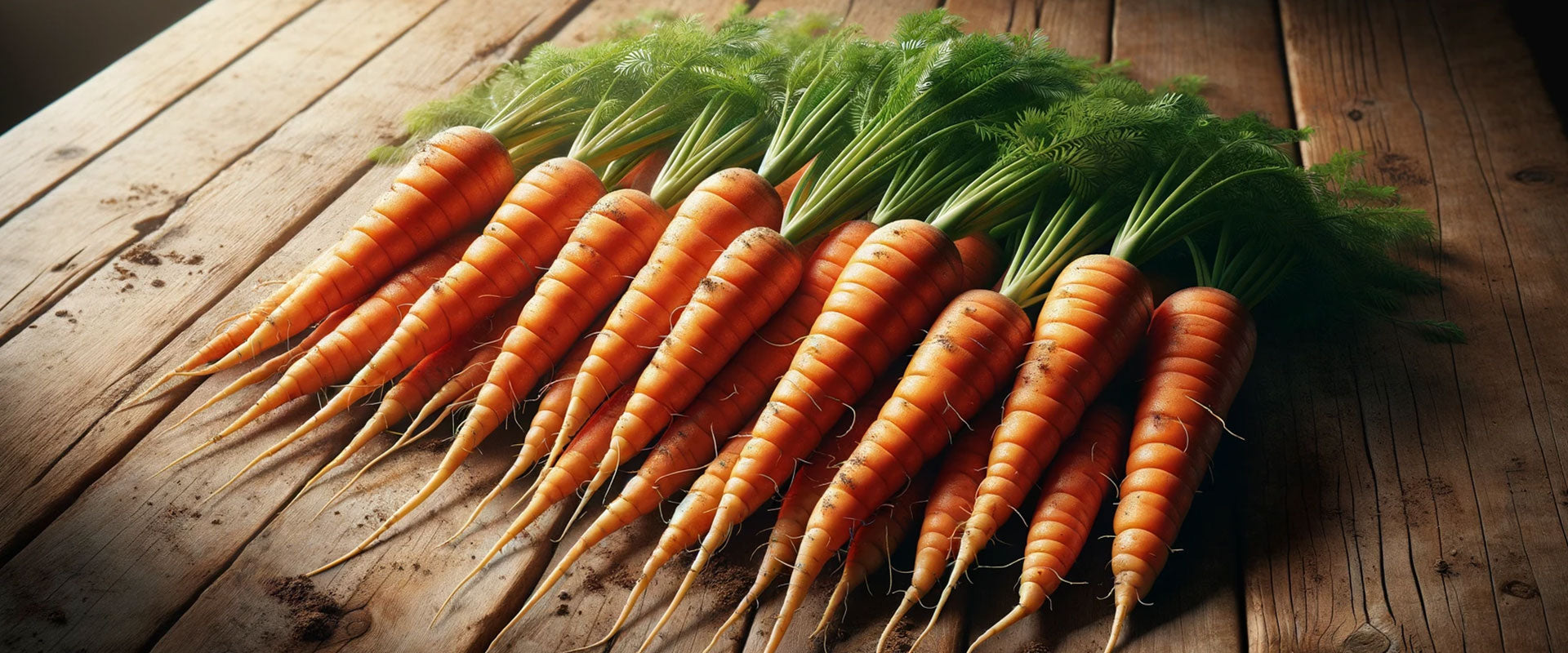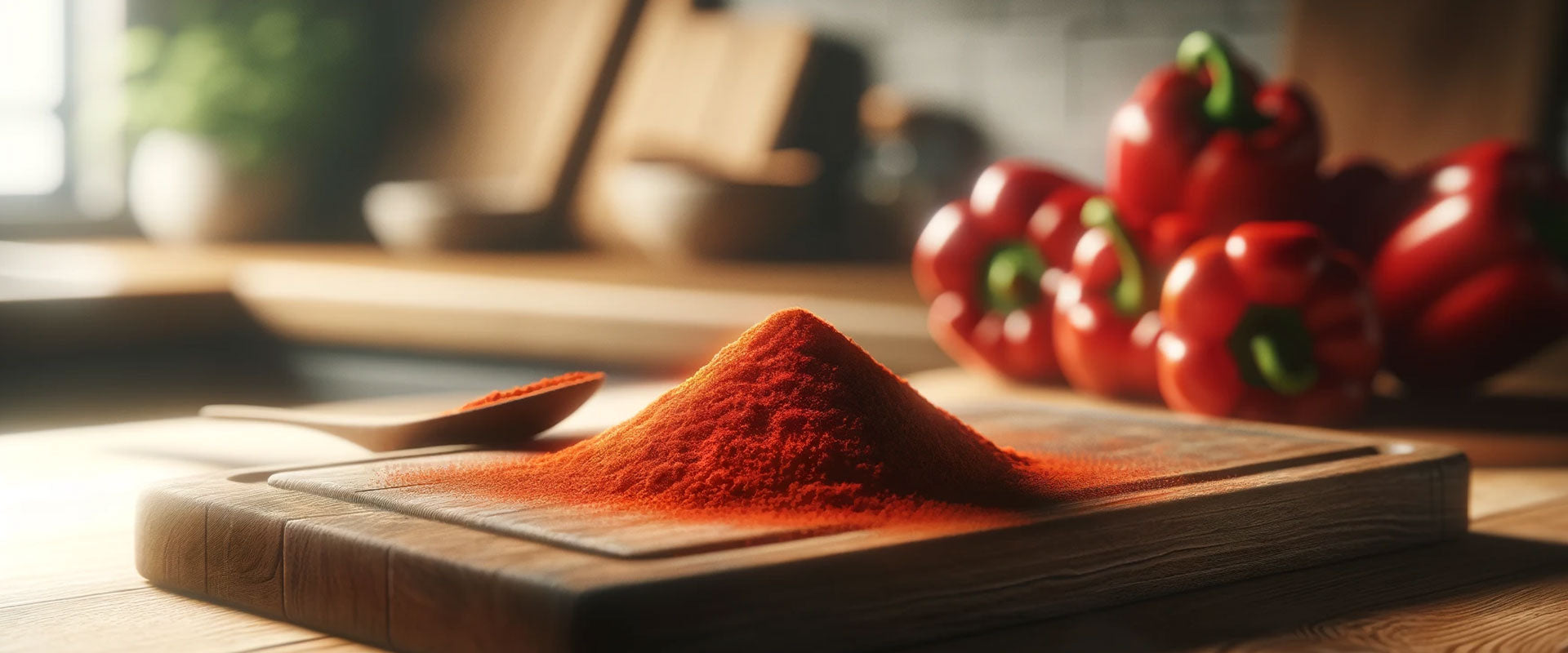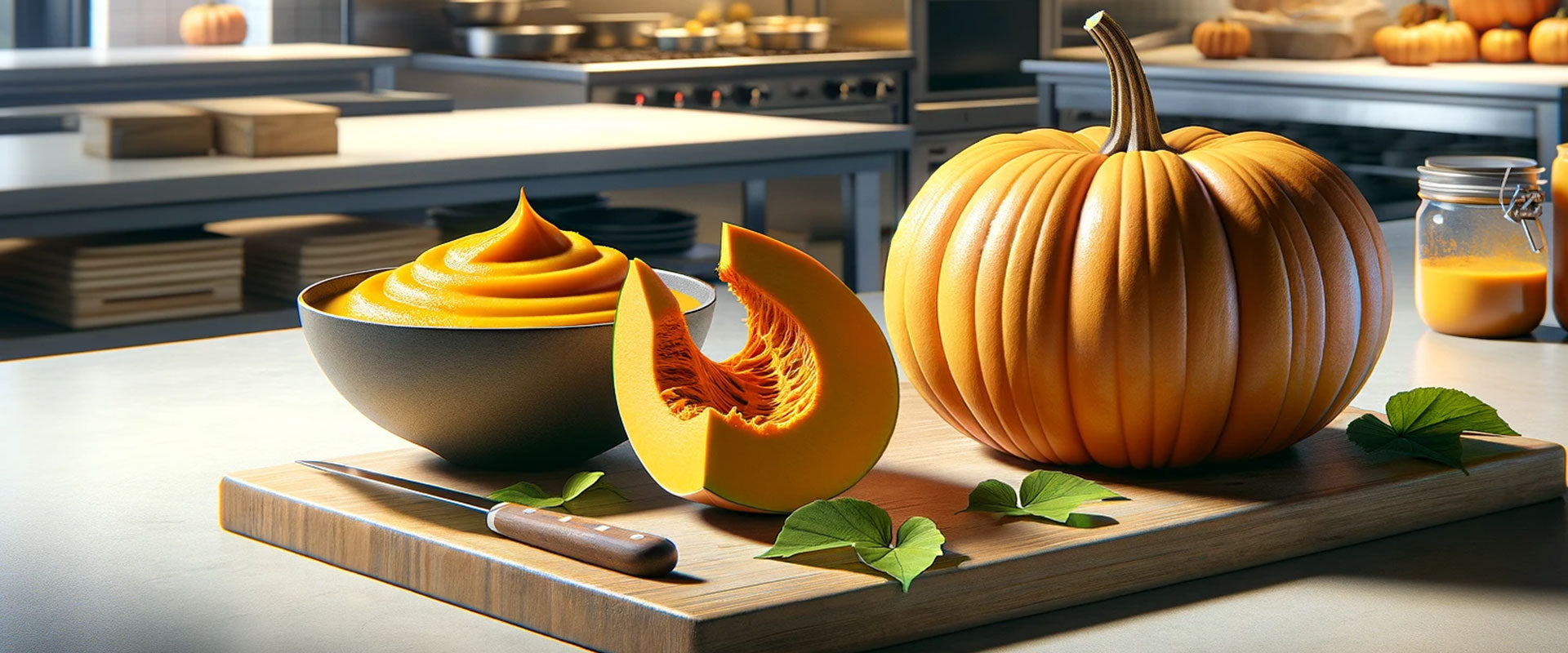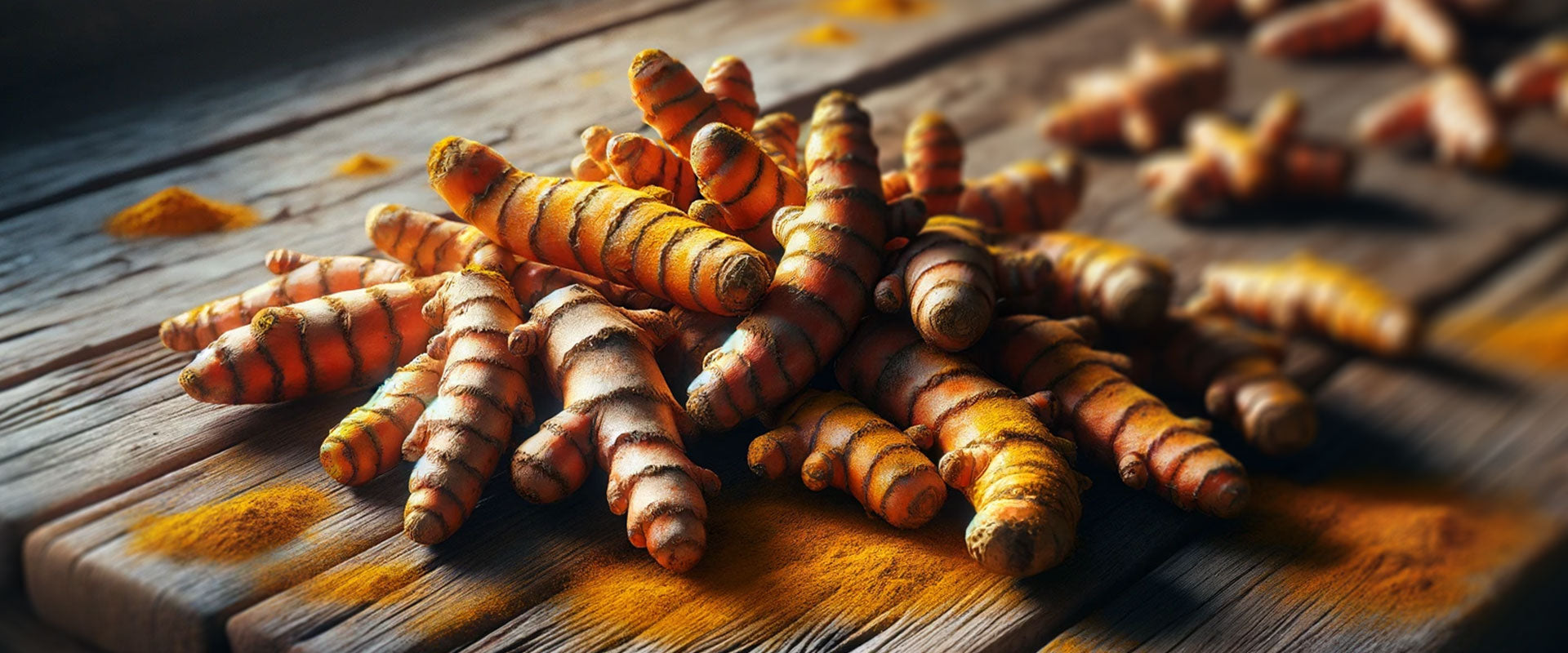Natural Orange Food Coloring and Dye Recipe
The vibrant hues of our meals can greatly enhance our dining experiences. With rising concerns about artificial dyes, let's explore natural alternatives that can provide delightful shades of orange to our foods, aligning with an eco-friendly and health-conscious lifestyle.
Natural Orange Food Coloring From Carrots
A variety of fruits, vegetables, and spices offer an eco-friendly way to achieve a spectrum of orange hues in our food.
Carrots: Known for their vibrant orange color, carrots are rich in beta-carotene, a pigment that can be used to color foods. Carrot juice or carrot powder can impart a natural orange hue to dishes.

Recipe: Organic Orange Food Coloring from Carrots
Ingredients:
- Cup of Organic Carrots.
- 1 Cup (8 fl oz, 200ml) USDA Certified Organic 200 Proof Food Grade Ethanol.
Equipment:
- 32 oz Glass Mason Jar with Lid
- 16 oz Glass Mason Jar with Lid
- Fine Mesh Strainer
Steps:
- Peel and chop the carrots into 1/2 inch (1 cm) pieces.
- Combine carrots with 200 proof alcohol. Cover tightly with a clean lid, aluminum foil, or plastic wrap and a rubber band.
- Shake initially to integrate ingredients. Let sit for 4-5 days at room temperature. Shaking more often than once is optional.
- Strain the carrots. By now the carrots should have given up all of their color to the alcohol, resulting in a light yellow-white pieces. Discard the infused carrot, as they have no more color to provide. Adding more carrots at this point would result in a deeper orange final food coloring.
Notes: Orange color is delicate and can change over time thanks to oxidation. Use your organic natural orange food coloring as soon as possible for maximum color transfer into your favorite recipes.
Other Ingredients for Making Natural Orange Food Color
If bright orange carrots are not available to you, try these other ingredients capable of delivering a natural orange food coloring or dye when soaked using the method described above in 200 proof alcohol. Start with a 1 to 1 ratio of orange-colored ingredient to alcohol and adjust the recipe to achieve your desired level of natural orange food coloring.
Paprika
This spice, made from ground bell and chili peppers, yields a beautiful orange-red color. Paprika can be used in its raw form, or oil can be infused with paprika to create a liquid dye.

Pumpkin
The deep orange flesh of pumpkin can be used as a natural food coloring. Pumpkin puree or juice can add a soft orange color to foods.

Turmeric
While typically associated with a vibrant yellow color, turmeric can produce a light orange color when used in larger quantities.

Alcohol vs. Water for Orange Color Extraction
-
Efficiency of Extraction:
- Alcohol: Alcohol is a more efficient solvent for extracting color from many sources (like fruits, vegetables, and spices) because it can dissolve both water-soluble and oil-soluble compounds. This means you can extract a wider range of pigments, including orange, more effectively.
- Water: Water can only dissolve water-soluble compounds, which may limit the range of colors you can extract.
-
Intensity and Stability of Color:
- Alcohol: The orange colors extracted with alcohol tend to be more concentrated and vibrant. Alcohol’s lower boiling point means it evaporates quickly, leaving behind the pure pigment without dilution.
- Water: Water-based extracts might be less intense and can introduce additional water into your recipes, potentially affecting the texture and consistency of the final product.
-
Preservation and Shelf Life:
- Alcohol: Alcohol has natural preservative properties that can help extend the shelf life of your homemade orange food coloring by inhibiting the growth of bacteria and mold.
- Water: Water-based extracts may spoil faster and usually require refrigeration. They are more prone to bacterial and mold growth.
-
Application Considerations:
- For baking and dry mixtures, alcohol-based extracts can be preferable because the alcohol evaporates during the baking process, leaving the color without additional moisture.
- For cold applications like icing, cocktails, or uncooked foods, both alcohol and water-based extracts can be used, but alcohol-based colors may offer more vibrant hues.



